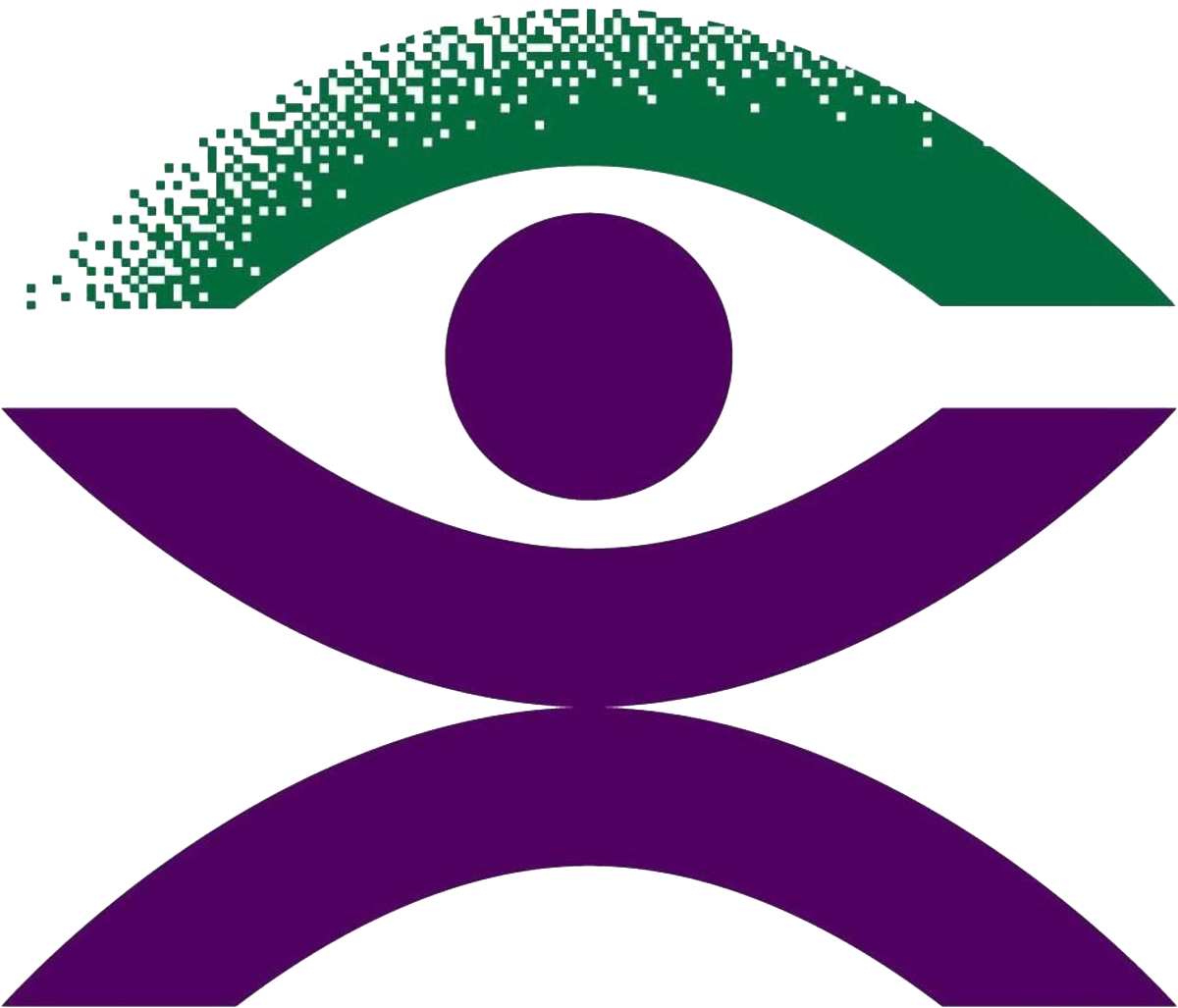By Jonathan Craig
It seems like ages since I last wrote one of these. Lockdown affected our sense of time in fascinating ways. Many of us have struggled with insomnia, exacerbated by anxiety and the change of routine. Others have been shocked by how exhausting staying home can be.
It reminds me of the way I felt in the many hours I’ve spent in hospital waiting rooms, preparing for some verdict, or the absence of one. It’s the tension of having your fate in the balance. Whatever else some of us have been juggling along with this uncertainty, I think our whole society just spent some time in the waiting room.
New Horizons host Vaughn Bennison and I both initially felt our respective channels wouldn’t have anything to say about the pandemic that others couldn’t say better. But the topic seems to have an almost inescapable gravity. It’s just like the way waiting room conversations always orbit the same subject matter. “What will the doctor say this time? I wonder where he could have been all day. Will she offer anything new, or will I leave here with nothing to show from all this sitting around?”
When the present is paused, we are somehow compelled to make bets about the future. But difficult and tiresome as the process can feel, I don’t believe it’s as fruitless as you might think. We may not feel we have a choice but to worry about what’s ahead of us, but in some ways, we might be able to make it better than what’s behind.
I’m not denying the difficulty and disruption we’ve all been enduring. But this crisis has also challenged and inspired people in unprecedented ways. As we emerge, blinking, into a new day, I hope we can keep up the community spirit and work together to turn yesterday’s trials into today’s targets.
One thing I hope lockdown has defeated forever is society’s long-held reticence around communication tech. Many of us who’ve endured punishingly long public transport journeys are now in a much better position to request working at least partially from home.
Telehealth consultations, too, are an incredibly positive development, and not just because you can avoid those waiting rooms. I feel we’ll much less frequently need to arrive at high-stakes appointments flustered and exhausted after navigating a complex hospital or unfamiliar roads.
In her piece last year on the National Policy Council’s new and timely healthcare policy, Fiona Woods described the medical profession’s unwillingness to provide correspondence digitally due to security concerns. In my personal interactions, I’ve seen that change utterly in the last two months, and I hope that will prove true generally as well.
But the most important impact of this time, which is harder to quantify, and is potentially game-changing, is around empathy. The needs and difficulties of people with disability have rarely received such frequent media coverage. BCA’s online Happy Hours should go down in history not just for uniting our community, but also for drawing mainstream attention to the ways in which we’re facing the same fears, and feeling the same loneliness, as everyone else.
But we’ve also recognised, as a society, that COVID-19 has impacted different people in different ways. A recent story on The Project highlighted the unique challenges physical distancing presents for people who are blind or vision impaired. It is far more difficult to judge how far you are from someone else, or in some cases, even to know another person is present.
BCA has been doing brilliant advocacy around this issue, with their #BeThatPerson campaign, designed to encourage us to get back into the community, and show others how they can best assist us. Many of my friends hope this will result in fewer terrifying incidents where they’re grabbed by well-meaning strangers.
One of the things I’ve been doing during my own period of self-isolation is catching up on all the TV I’ve missed. Much as I’ve enjoyed how much described content is now available on various streaming platforms, in a time like this there’s nothing more satisfying than knowing you’re watching the same thing, at the same time, as everyone else.
The arrival of Audio Description on free-to-air TV couldn’t have come at a better time. Watching live, described programs meant more to me when I came to understand that it was a victory more than two decades in the making. That story is told in this issue’s feature essay, and though it reveals the difficulty of the battle, and the work that still needs doing, it also reminds us that frustrating and arduous as it can feel, advocacy works.
Though parts of our Eye to the Future program have been necessarily put on hold, I love the recently launched website, which you can also read about later this issue. Of course, at the moment there are fewer jobs than ever, but again this is a great chance for us to think about how we can create a more inclusive job market.
So all in all, as tough as this year has been for everyone so far, I believe that by making the best of what we’ve been dealt, we can build something better than what we had before. In your very near future is the rest of this issue. As usual, I hope you enjoy it. Until we meet again, stay well, and stay safe.

